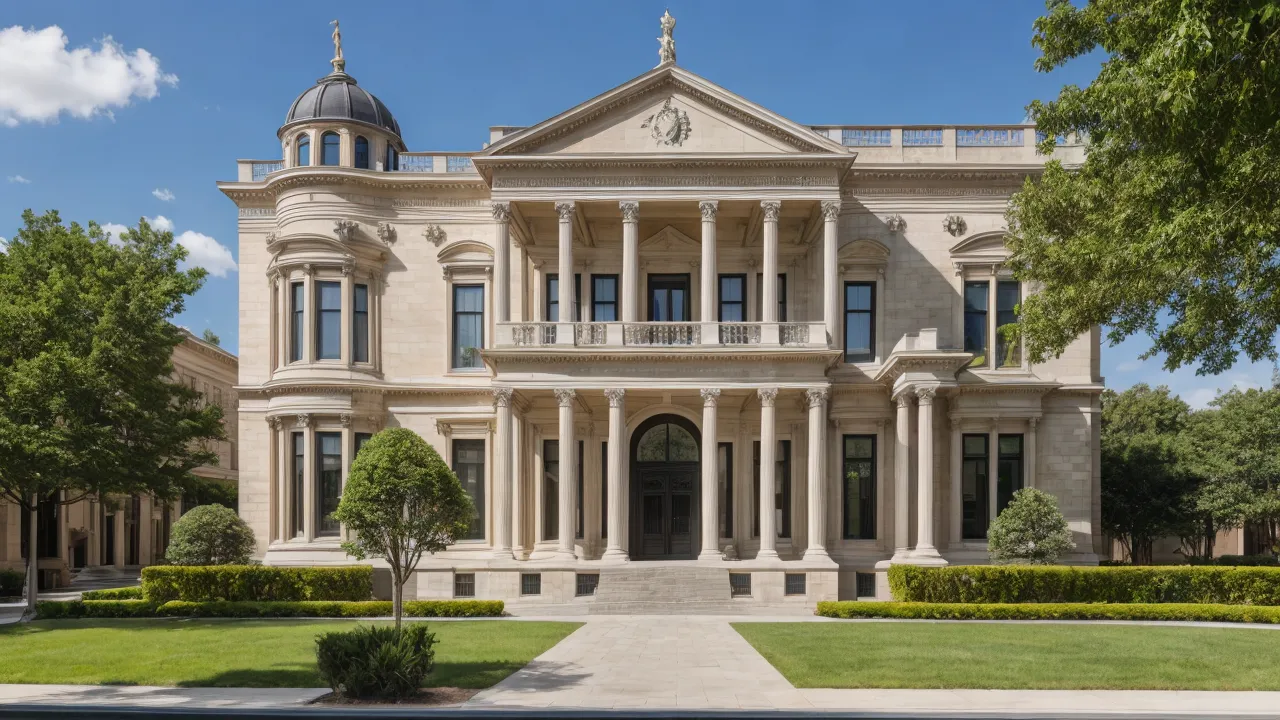
Revolutionizing Architecture with AI
The Role of AI in Architecture

Artificial intelligence (AI) continues to revolutionize various industries and architecture is no exception. The integration of AI in architectural processes has resulted in groundbreaking advancements and stunning designs.
From urban planning to building design, AI has the potential to transform the way we perceive and create
architecture.
The Impact of AI on Urban Planning
One of the key applications of AI in architecture lies in urban planning. AI algorithms can analyze vast amounts of data, such as population demographics, traffic patterns, and environmental factors, to optimize urban development. By leveraging AI, urban planners can make data-driven decisions to create sustainable and efficient cities that meet the needs of residents.

The Fusion of AI and Classic Architecture
AI can also be used to seamlessly blend classic architectural styles with contemporary designs. By analyzing and understanding the elements and principles of classic architecture, AI algorithms can generate designs that incorporate classic aesthetics into modern structures. This fusion allows architects to create visually appealing buildings that resonate with historical and cultural contexts.
AI in Building Design
Designing modern skyscrapers often involves complex structural considerations. AI can assist architects in this process by simulating various design possibilities and conducting performance analysis. By leveraging AI, architects can optimize structural integrity and sustainability, leading to the creation of safer and more efficient buildings.

AI’s Role in Interior Design
Interior design is another area where AI is making significant contributions. AI-powered tools can generate realistic 3D models of interior spaces, allowing designers to visualize and experiment with different layouts, materials, and lighting effects. These tools enable interior designers to streamline their design processes and present more accurate representations to clients.
“AI enables architects to tap into the realms of creativity, functionality, and efficiency to design innovative structures that stand the test of time.”
Milos Novkovic, Architect
In Conclusion
The integration of AI in architecture has opened up exciting possibilities for the field. From urban planning to building design and interior design, AI has proven to be a powerful tool that enhances creativity, efficiency, and functionality. As AI continues to evolve, architects will be able to push the boundaries of design, creating structures that not only serve their purpose but also captivate the imaginations of generations to come.
